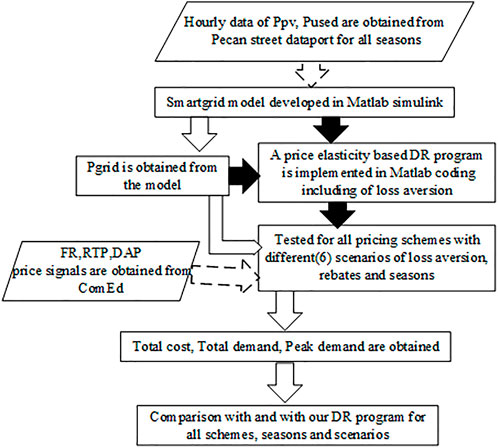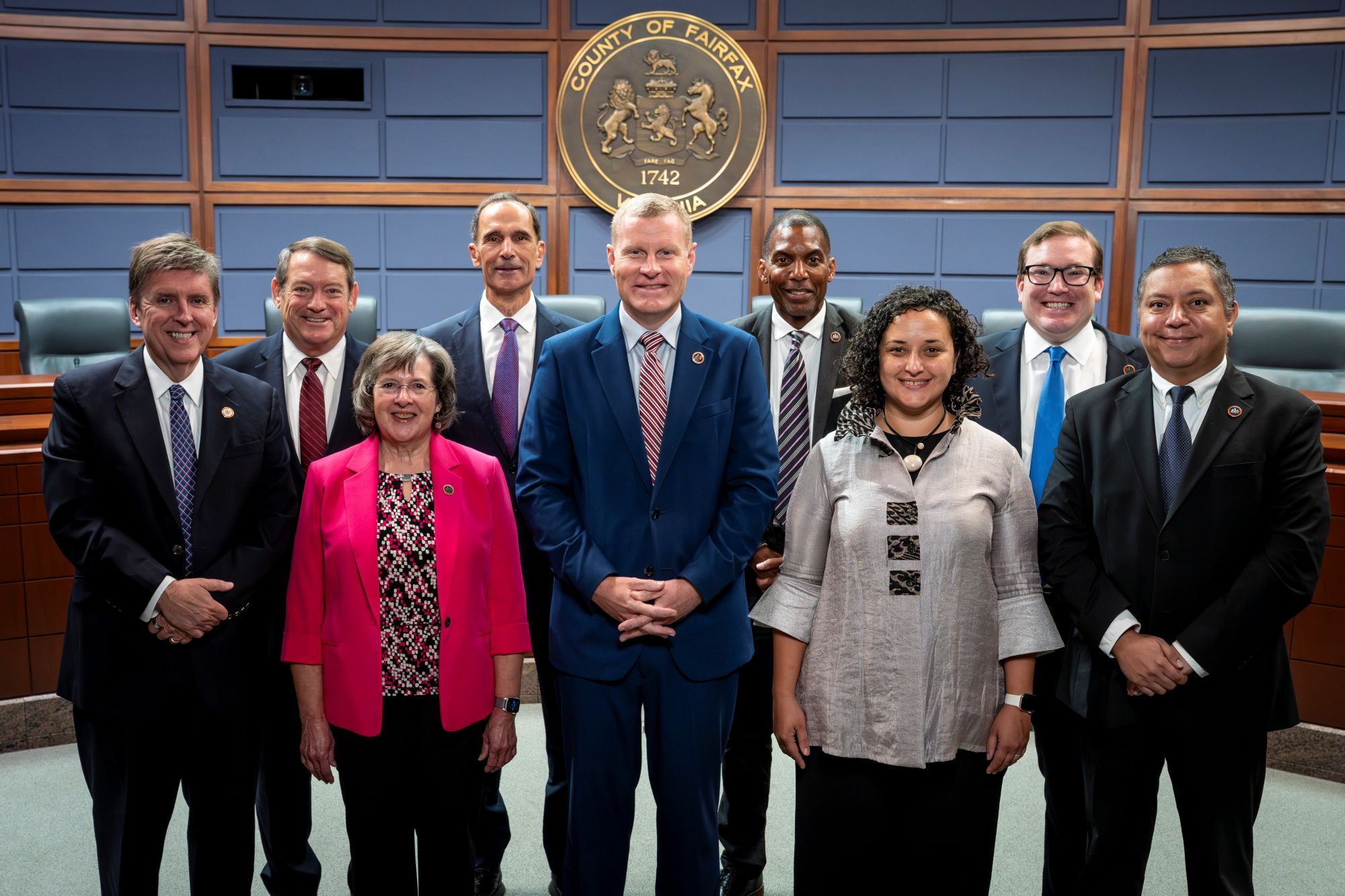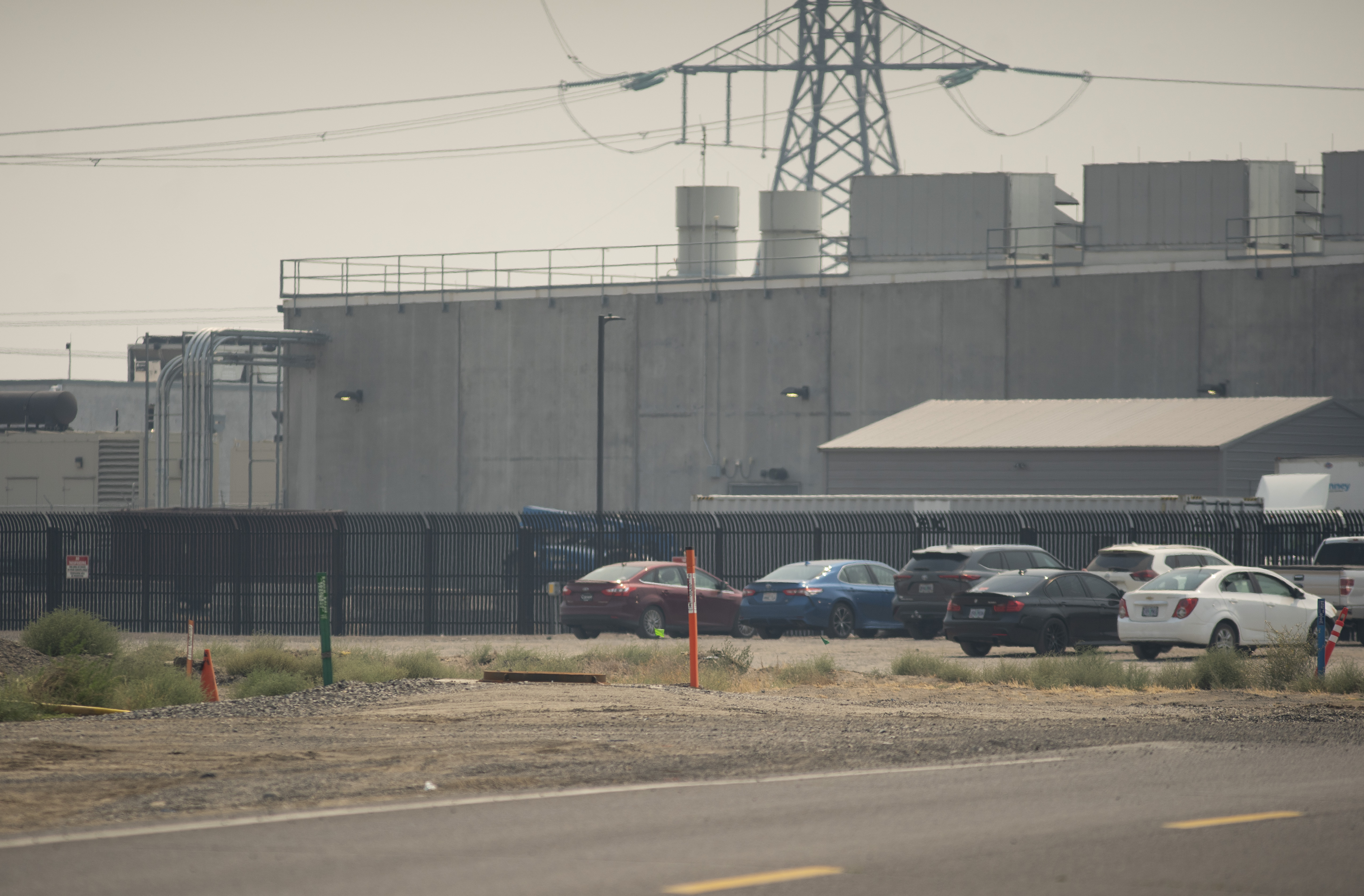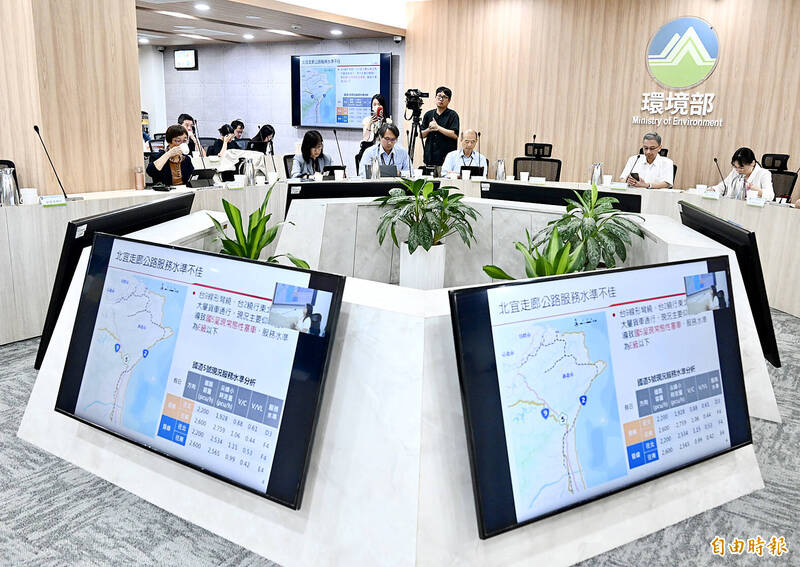City of Austin Advances Sustainable Development Goals Through Energy Demand Response Program
Executive Summary
The City of Austin has significantly advanced its commitment to sustainability and climate action through the expanded enrollment of its facilities in Austin Energy’s Commercial Demand Response Program. This initiative directly supports several United Nations Sustainable Development Goals (SDGs), particularly SDG 7 (Affordable and Clean Energy), SDG 11 (Sustainable Cities and Communities), SDG 13 (Climate Action), and SDG 17 (Partnerships for the Goals). By enrolling 195 city buildings, the program leverages strategic energy conservation to enhance grid reliability, reduce costs, and build climate resilience.
Program Impact and Contribution to Sustainable Development Goals
SDG 7: Affordable and Clean Energy & SDG 11: Sustainable Cities and Communities
The program is a cornerstone of Austin’s strategy to ensure access to affordable, reliable, and sustainable energy while making the city more resilient. By reducing electricity consumption during periods of high demand, the initiative helps maintain the stability of the electric grid for all residents.
- Enrolled City Facilities: 195 buildings.
- Total Participating Government Facilities: 295 (including city, county, state, and federal).
- Estimated Demand Reduction Potential: Over 6 megawatts (MW) from City of Austin buildings alone.
- Impact Equivalence: One megawatt-hour (MWh) can power approximately 250 Texas homes during peak demand.
This effort is a key component of Austin Energy’s Resource, Generation and Climate Protection Plan, which aims to achieve 270 MW of Demand Response capacity by 2035, securing a sustainable energy future for the community.
SDG 13: Climate Action
The Demand Response program is a direct measure for climate action. By curtailing energy use at peak times, the city reduces the need for less efficient, carbon-intensive power sources, thereby lowering greenhouse gas emissions and supporting Austin’s climate objectives.
“Achieving our climate goals starts with energy conservation and continues with as much participation in our demand response programs as possible,” stated Richard Genece, Vice President for Customer Energy Solutions at Austin Energy. “The more participation that we have… the closer that we get to that 270 MW by 2035 goal.”
A recent City Council resolution to enroll all appropriate city buildings has already yielded a potential increase of 3.485 MW in energy demand savings, demonstrating a tangible commitment to climate mitigation.
Implementation and Collaborative Framework
SDG 17: Partnerships for the Goals
The success of the program’s expansion is attributed to robust collaboration between Austin Energy and personnel across all levels of government. This multi-stakeholder partnership exemplifies the spirit of SDG 17, uniting different entities to achieve common sustainability targets.
Operational Strategy
A structured support system ensures effective participation and continuous improvement. The program operates annually from June to September, following a clear operational cycle:
- Facility staff receive comprehensive training, tools, and ongoing support.
- Participants are issued real-time alerts ahead of demand response events.
- Facility-specific energy reduction strategies are implemented for the duration of the event.
- At the end of the season, each facility receives a personalized scorecard detailing performance and earned incentives.
- Ongoing coaching and annual training sessions drive continual improvement.
Analysis of Sustainable Development Goals (SDGs) in the Article
1. Which SDGs are addressed or connected to the issues highlighted in the article?
- SDG 7: Affordable and Clean Energy
- SDG 11: Sustainable Cities and Communities
- SDG 13: Climate Action
- SDG 17: Partnerships for the Goals
2. What specific targets under those SDGs can be identified based on the article’s content?
-
SDG 7: Affordable and Clean Energy
- Target 7.3: “By 2030, double the global rate of improvement in energy efficiency.”
- The article focuses on the Commercial Demand Response Program, which is designed to increase energy efficiency by reducing power consumption during peak demand. The program’s goal is to achieve “270 MW of Demand Response by 2035,” directly contributing to energy efficiency and conservation.
- Target 7.3: “By 2030, double the global rate of improvement in energy efficiency.”
-
SDG 11: Sustainable Cities and Communities
- Target 11.b: “By 2020, substantially increase the number of cities and human settlements adopting and implementing integrated policies and plans towards… resource efficiency, mitigation and adaptation to climate change…”
- The article describes how the City of Austin is implementing an integrated plan, “Austin Energy’s Resource, Generation and Climate Protection Plan to 2035.” This plan uses the demand response program as a strategy for resource efficiency (reducing energy use) and climate change adaptation (maintaining grid reliability and supporting climate resilience).
- Target 11.b: “By 2020, substantially increase the number of cities and human settlements adopting and implementing integrated policies and plans towards… resource efficiency, mitigation and adaptation to climate change…”
-
SDG 13: Climate Action
- Target 13.2: “Integrate climate change measures into national policies, strategies and planning.”
- The demand response program is explicitly mentioned as a vital part of Austin’s local strategy to meet climate goals. The article states the program supports “Austin’s climate resilience” and that achieving these goals “starts with energy conservation.” This shows the integration of climate measures into the city’s energy planning.
- Target 13.2: “Integrate climate change measures into national policies, strategies and planning.”
-
SDG 17: Partnerships for the Goals
- Target 17.17: “Encourage and promote effective public, public-private and civil society partnerships…”
- The success of the program is attributed to “close collaboration between Austin Energy and staff across city, county, state and federal facilities.” This multi-level government partnership, involving training and ongoing support, is a clear example of a public partnership to achieve a common goal.
- Target 17.17: “Encourage and promote effective public, public-private and civil society partnerships…”
3. Are there any indicators mentioned or implied in the article that can be used to measure progress towards the identified targets?
-
For Target 7.3 (Energy Efficiency):
- Megawatts (MW) of demand response potential: The article quantifies the potential, stating that the 195 city buildings have a potential of “more than six megawatts (MW)” and that recent enrollments added a “potential increase of 3.485 MW.”
- Overall demand response goal: The specific goal of “270 MW of Demand Response by 2035” serves as a key performance indicator for the city’s energy efficiency efforts.
-
For Target 11.b (Integrated Policies in Cities):
- Number of participating buildings/facilities: The article provides precise numbers, such as “195 City of Austin buildings” and a total of “295 participating government facilities,” which measure the scale and adoption of the program within the city’s infrastructure.
-
For Target 13.2 (Integrate Climate Measures):
- Implementation of the climate plan: The existence and execution of “Austin Energy’s Resource, Generation and Climate Protection Plan to 2035” is an indicator of policy integration. Progress is measured by the program’s contribution to the plan’s goals.
-
For Target 17.17 (Partnerships):
- Number and type of participating entities: The article mentions collaboration across “city, county, state and federal facilities,” indicating a multi-level public partnership. The count of 295 participating government facilities serves as a metric for the breadth of this partnership.
4. Summary Table of SDGs, Targets, and Indicators
| SDGs | Targets | Indicators |
|---|---|---|
| SDG 7: Affordable and Clean Energy | 7.3: Double the rate of improvement in energy efficiency. |
|
| SDG 11: Sustainable Cities and Communities | 11.b: Increase the number of cities implementing integrated policies for resource efficiency and climate change adaptation. |
|
| SDG 13: Climate Action | 13.2: Integrate climate change measures into policies, strategies, and planning. |
|
| SDG 17: Partnerships for the Goals | 17.17: Encourage and promote effective public partnerships. |
|
Source: austintexas.gov






